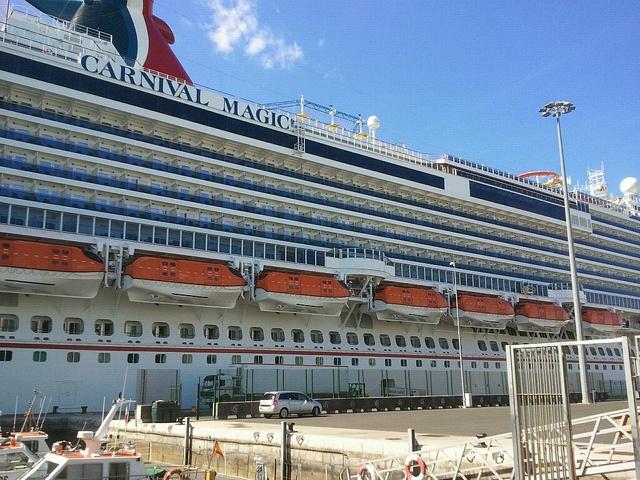
Carnival Corporation, the world’s largest cruise company with nine brands, reduced carbon dioxide emissions by 20 percent from shipboard operations, a year ahead of its target. Its recently released 2013 Sustainability Report revealed that one way it reduced greenhouse gas emissions is through an exhaust cleaning technology called ECO-EGC. The system removes pollutants from exhaust gases. The company is installing the systems on over 70 percent of its fleet, and investing up to $400 million to design, build and install the systems on its ships.
Reducing fuel is important to Carnival, as the report shows. The company released the result of its Fleet Fuel Conservation Program which showed that by the end of this year it will have saved over one billion gallons of fuel and reduced carbon emissions from its fleet by 12 billion kilograms over the last seven years. The program has also improved its fleet’s overall fuel efficiency by 24 percent since 2007 and saved about $2.5 billion in fuel costs, the company’s largest expense.
Carnival has increased the number of ships it services from 79 in 2005 to 101 in 2013, but it has been able to reduce its fuel consumption rate by 19 percent over the last eight years. Carnival’s ship energy consumption also decreased in 2013. Carnival decreased its fuel and energy use through number of initiatives that include:
- Optimizing the use of diesel generators on board to improve efficiency
- Using waste heat generated by the ships’ engines to heat water instead of relying on the ships’ boilers
- Reducing the power required by engine room ventilation fans through variable-frequency fan-drive motors and related pressure and temperature control systems
- Managing the use of evaporators
- Using fluorescent and LED lighting
- Using automatic heating ventilation and air-conditioning (HVAC) control systems
- Cleaning propellers and hulls periodically
- Optimizing plant energy consumption
- Increasing use of waste heat from engine exhaust for fresh water production and steam generation
- Using vessel shore power installations, called cold ironing
Carnival focuses on how it reduces waste
Carnival stated that it reduced its waste, but did not specify the amount of reduction. Instead, the report what it focused on how the company reduces waste which includes waste minimization. The company minimizes waste through a number of ways:
- Bulk purchasing
- Acquiring only what is needed when it is needed
- Working with suppliers to reduce packaging
- Using alternative products to accomplish the same job
- Treating waste on board to minimize volume by stacking, shredding, crushing and incinerating
Two other areas of waste reduction focus are: reducing the toxicity of its waste and finding ways to reuse waste. Carnival reduces waste toxicity through several methods such as purchasing non-toxic products and controlling material purchases with an approved chemicals list. Several examples of how Carnival reuses waste are cited in the report which include donating usable items like mattresses and clothing at ports-of-call around the world.

Gina-Marie is a freelance writer and journalist armed with a degree in journalism, and a passion for social justice, including the environment and sustainability. She writes for various websites, and has made the 75+ Environmentalists to Follow list by Mashable.com.














